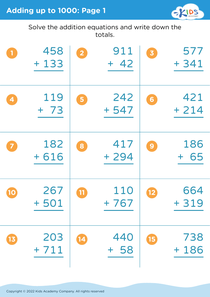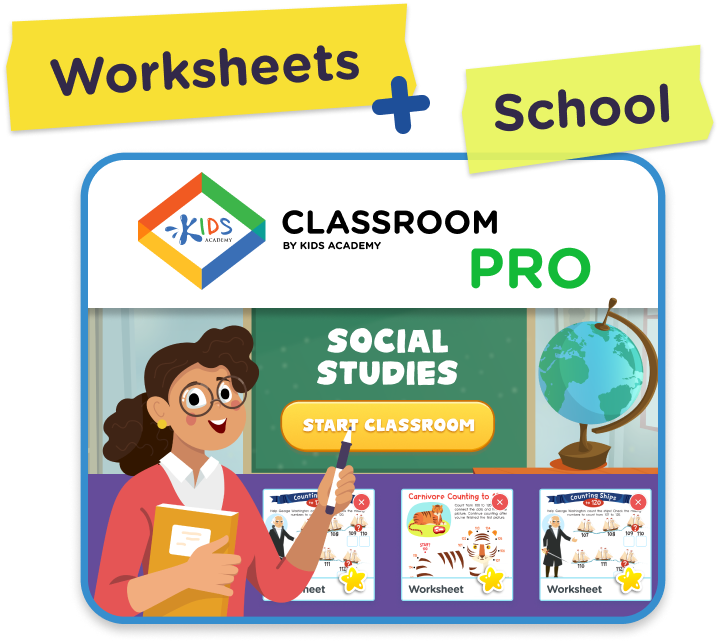Word Recognition Grade 3 Math Worksheets
4 filtered results
-
From - To
Our Grade 3 Math Worksheets focused on Word Recognition enhance students' mathematical vocabulary and reading comprehension. Designed to align with educational standards, these engaging activities help third graders identify and understand key math terms. Each worksheet provides practice with terms related to operations, fractions, shapes, measurements, and more. By mastering word recognition, students can confidently tackle complex mathematical problems with greater ease. Ideal for classroom use or additional practice at home, these worksheets aim to build a solid foundation in essential math language skills. Boost your child’s math success with our comprehensive and interactive Word Recognition grade 3 math worksheets.


Guess the Word Problem Worksheet
Word recognition and math skills are foundational elements in education that significantly impact a child's academic trajectory. Third grade is a pivotal year when children transition from learning to read to reading to learn, and this shift encompasses not only language-based subjects but also mathematics. Ensuring that students achieve word recognition proficiency in Grade 3 is crucial because it directly affects their ability to grasp math concepts and problem solving.
Math in the third grade introduces more complex topics such as multiplication, division, and word problems, which require strong reading skills to comprehend fully. Poor word recognition can lead to misunderstandings in reading math instructions or struggling with word problems, thereby hindering mathematical progress.
Parents and teachers should prioritize this because strong word recognition fosters better comprehension, confidence, and engagement in learning, reducing the risk of future academic difficulties. Engaging students with varied vocabulary, reading materials, and providing support in both reading and math ensures a holistic approach to their education, thereby solidifying their overall academic foundation.
Moreover, early intervention and the consistent enhancement of word recognition directly contribute to STEM readiness and future academic and career opportunities. Recognizing this connection, stakeholders can better equip children for advanced learning stages, creating long-term educational advantages.


 Assign to My Students
Assign to My Students

















